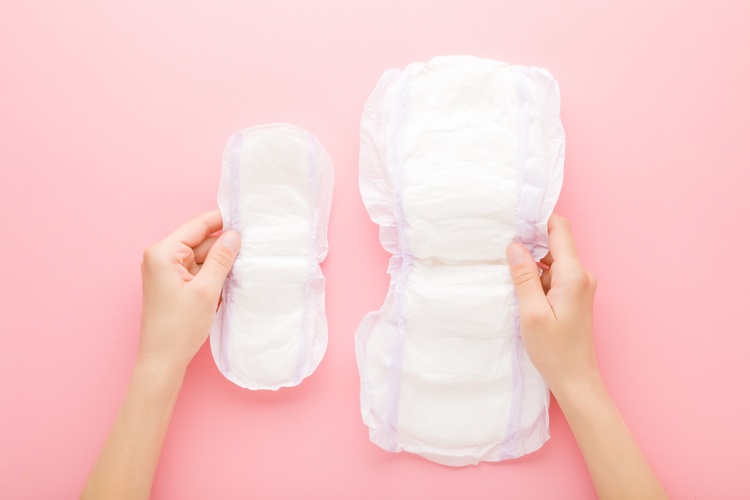Affordable Removable Dental Solutions for Smile Restoration in Canada
In Canada, many people consider removable braces and dental splints as practical alternatives to costly implants. These non-surgical options can support dental alignment and restoration in a simple and accessible way. Understanding how they function and what to expect helps individuals make informed choices about their dental care.

Restoring a smile with removable appliances appeals to many Canadians who want flexibility, easier cleaning, and discreet treatment. From alignment to protection and replacement, modern removable options can support oral health and aesthetics when planned by qualified professionals. Understanding how they work, where they fit in treatment plans, and what they cost helps set realistic expectations.
Understanding Removable Dental Options for Smile Restoration
Removable dental appliances include clear aligners that reposition teeth, retainers that maintain alignment, occlusal splints (night guards) that protect teeth and restorations, and removable partial dentures that replace missing teeth. Clear aligners can correct mild to moderate crowding or spacing when worn as instructed, while splints help manage clenching or grinding and protect dental work. Partial dentures restore function and fill gaps when implants or fixed bridges are not pursued. Your dentist or denturist will assess bite, gum health, bone support, and cosmetic goals to determine which option suits your needs.
How Removable Braces and Splints Support Dental Restoration
Aligners can improve tooth positions before crowns, veneers, or bridges are planned, reducing the need for aggressive reshaping and improving how final restorations fit. After treatment, retainers keep teeth stable as gums and bone adapt. Splints provide a protective interface between upper and lower teeth, reducing forces from bruxism that could fracture fillings, chips, or porcelain. They can also reduce muscle strain and help stabilize the jaw during complex rehabilitation. When coordinated with local services in your area, these devices become part of a phased plan that focuses on long-term function and appearance.
Expectations When Considering Removable Dental Solutions
Most treatments begin with an oral exam, photos, and digital scans or impressions. Clear aligners typically require 20–22 hours of daily wear with change-outs every 1–2 weeks, and refinements are common to fine-tune results. Splints are usually worn at night; adjustments may be needed as your bite changes or symptoms improve. Partial dentures may need soft-tissue conditioning, periodic relines, or clasp adjustments for comfort. Temporary speech changes, increased saliva for a few days, and a learning curve for insertion and removal are normal. Consistent hygiene and follow-up appointments support predictable outcomes.
Good care habits extend appliance life. Clean aligners, retainers, and splints with non-abrasive cleaners and lukewarm water, avoiding hot water and bleach. Store devices in ventilated cases, keep them away from pets, and avoid sugary drinks while wearing aligners. Partial dentures should be brushed gently, soaked as directed, and kept moist when out of the mouth. In Canada, insurance coverage varies: aligners are typically categorized as orthodontics; splints may be covered under basic services for bruxism; and partial dentures often fall under major services. Review plan details and consider pre-determination with your provider.
Pricing and provider comparisons in Canada:
| Product/Service | Provider | Cost Estimation |
|---|---|---|
| Clear aligners (Invisalign) | Align Technology | CAD $4,000–$8,500 |
| Clear aligners (ClearCorrect) | Straumann Group | CAD $3,500–$6,500 |
| Clear aligners (SureSmile) | Dentsply Sirona | CAD $3,000–$6,500 |
| Custom occlusal splint (night guard) | Protec Dental Laboratories via dentist | CAD $400–$800 |
| Acrylic removable partial denture (single arch) | Protec Dental Laboratories via denturist/dentist | CAD $1,200–$2,500 |
Prices, rates, or cost estimates mentioned in this article are based on the latest available information but may change over time. Independent research is advised before making financial decisions.
Final costs depend on case complexity, number of aligner trays, materials selected, laboratory fees, provincial fee guides, and clinic location. Replacement retainers, refinements, or relines can add to the total. Some clinics bundle follow-up visits or retainers, while others itemize; ask for a written estimate and discuss insurance coordination and payment scheduling with local services in your area.
In summary, removable options can align teeth, protect restorations, and replace missing teeth when thoughtfully integrated into a personalized plan. Clear aligners, retainers, splints, and partial dentures each serve specific roles, and their success depends on careful assessment, wear-time compliance, hygiene, and regular reviews. A measured understanding of expected timelines and costs helps ensure outcomes that balance function, comfort, and aesthetics.
This article is for informational purposes only and should not be considered medical advice. Please consult a qualified healthcare professional for personalized guidance and treatment.




